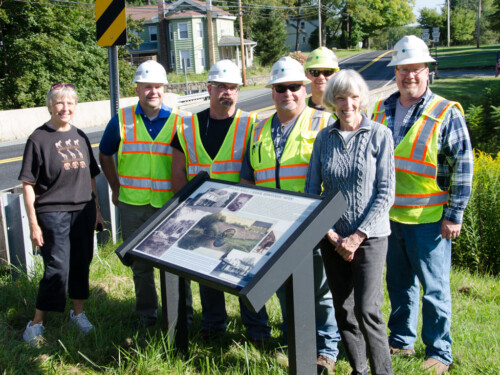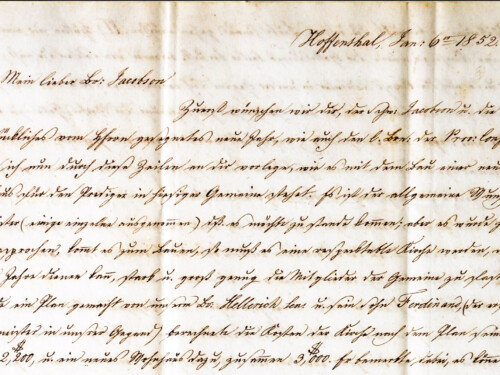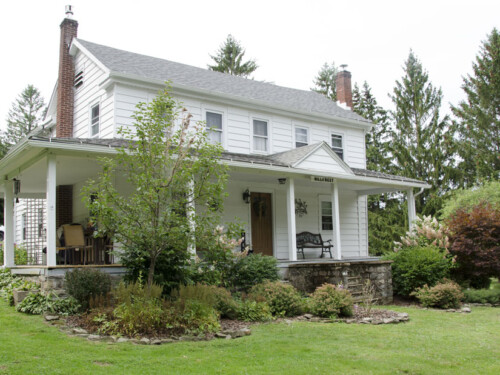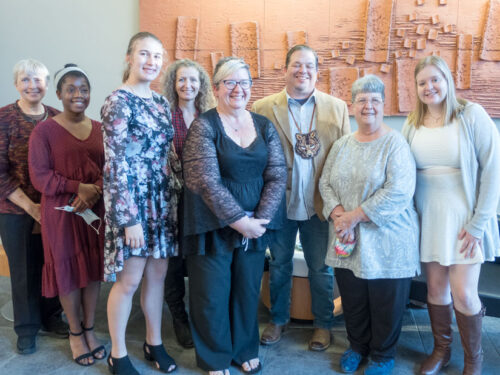Cheryl Stratham, Education Program Director at Quiet Valley Living Historical Farm in Stroudsburg, visited the third grade classes at Wallenpaupack South Elementary School in Newfoundland to talk about ways in which food was preserved in the days before refrigeration. Cheryl explains how the early settlers in the area laid out their gardens, what was grown and how it was preserved for the winter. Milk, butter and eggs were set in crocks in cold water in a springhouse. Meat was preserved by smoking, pickling or salting. After harvesting, vegetables and fruits were kept in the family’s root cellar where a constant 40-degree temperature was maintained year round. In the mid-1800s, with the invention of the Mason jar, people could preserve a wider variety of foods, which improved their health and longevity. Cheryl has been presenting this program on 19th century farming and food preservation to the 3rd grade students at the elementary school for the past nine years and will be retiring at the end of this year. The program is coordinated by the Greene-Dreher Historical Society and sponsored by a generous donation by our Business Partner, Keystone Propane.




